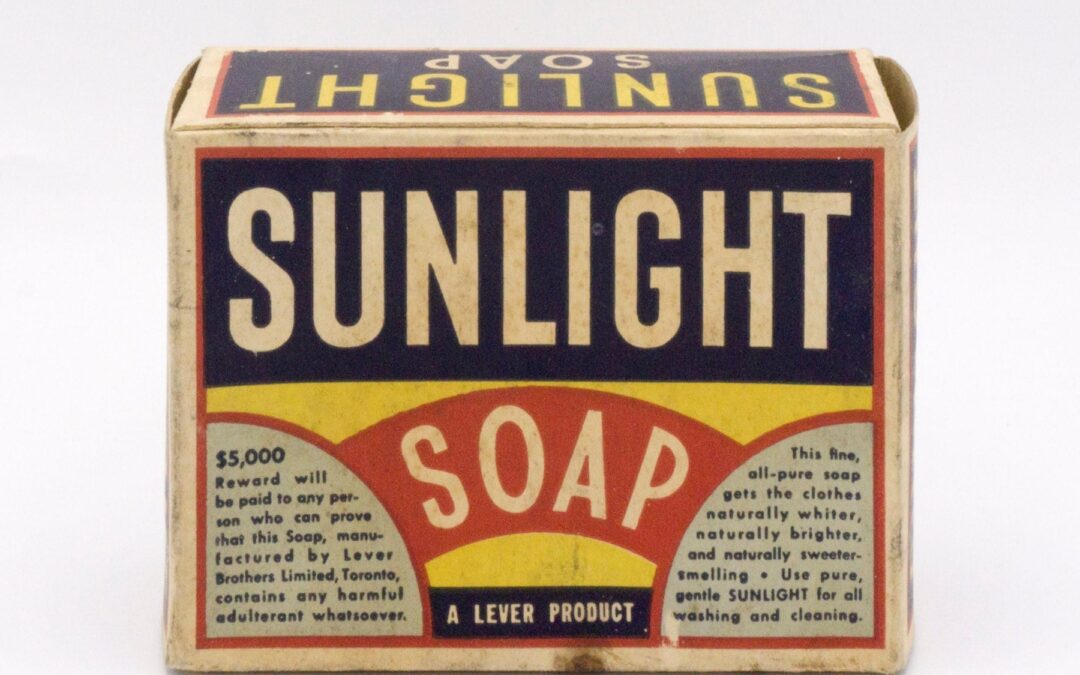[vc_row][vc_column][vc_column_text]
Flexible Packaging, Shrink Sleeves, Film, and Plastics
Plastics were discovered in the 19th century and used primarily by the military. Since this time period in the history of packaging, a variety of plastics have been discovered and include the following: Styrene, Vinyl Chloride, Celluloid, Cellulose Acetate, Polyethylene Film Wraps, and Polyethylene Terephthalate (PETE).
Styrene was distilled from a balsam tree in 1831. Early products made of styrene were brittle and chartered easily. Germany improved the process in 1933 and by the 1950s Styrofoam was available to the world. In addition, this styrene was used for insulation and cushioning materials as well as foam boxes, cups, and meat trays.
Vinyl Chloride discovered in 1835. Vinyl Chloride was used for packaging, molded deodorant and squeeze bottles. In addition it was used for heat shrinkable films.[/vc_column_text][vc_single_image image=”1051″ img_size=”medium” alignment=”center” style=”vc_box_rounded” css_animation=”fadeIn”][vc_column_text]Celluloid was invented during the American Civil War between 1861 and 1865. Because of an ivory shortage, a United States manufacturer of billiard balls offered a $10,000 reward for an ivory substitute. A New York engineer named John Wesley Hyatt and his brother Isaiah Smith Hyatt created the new material.
Acetate was derived from wood pulp in 1900 and developed for photographic uses in 1909. DuPont manufactured cellophane in New York in 1924, but it was not commercially used for packaging until the late 1950s.[/vc_column_text][vc_single_image image=”1053″ img_size=”medium” alignment=”center” style=”vc_box_rounded” css_animation=”fadeIn”][vc_column_text]Polyethylene was discovered in 1933. It is the most common plastic. Its primary use is in packaging plastic bags, plastic films, geomembranes, and containers.
Polyethylene Terephthalate (PETE) was patented in 1941. It is the most common thermoplastic polymer resin of the polyester family and is used for containers and in combination with glass fiber for engineering resin.[/vc_column_text][vc_empty_space][vc_column_text]
[/vc_column_text][vc_empty_space][vc_column_text]
References
[/vc_column_text][/vc_column][/vc_row]

